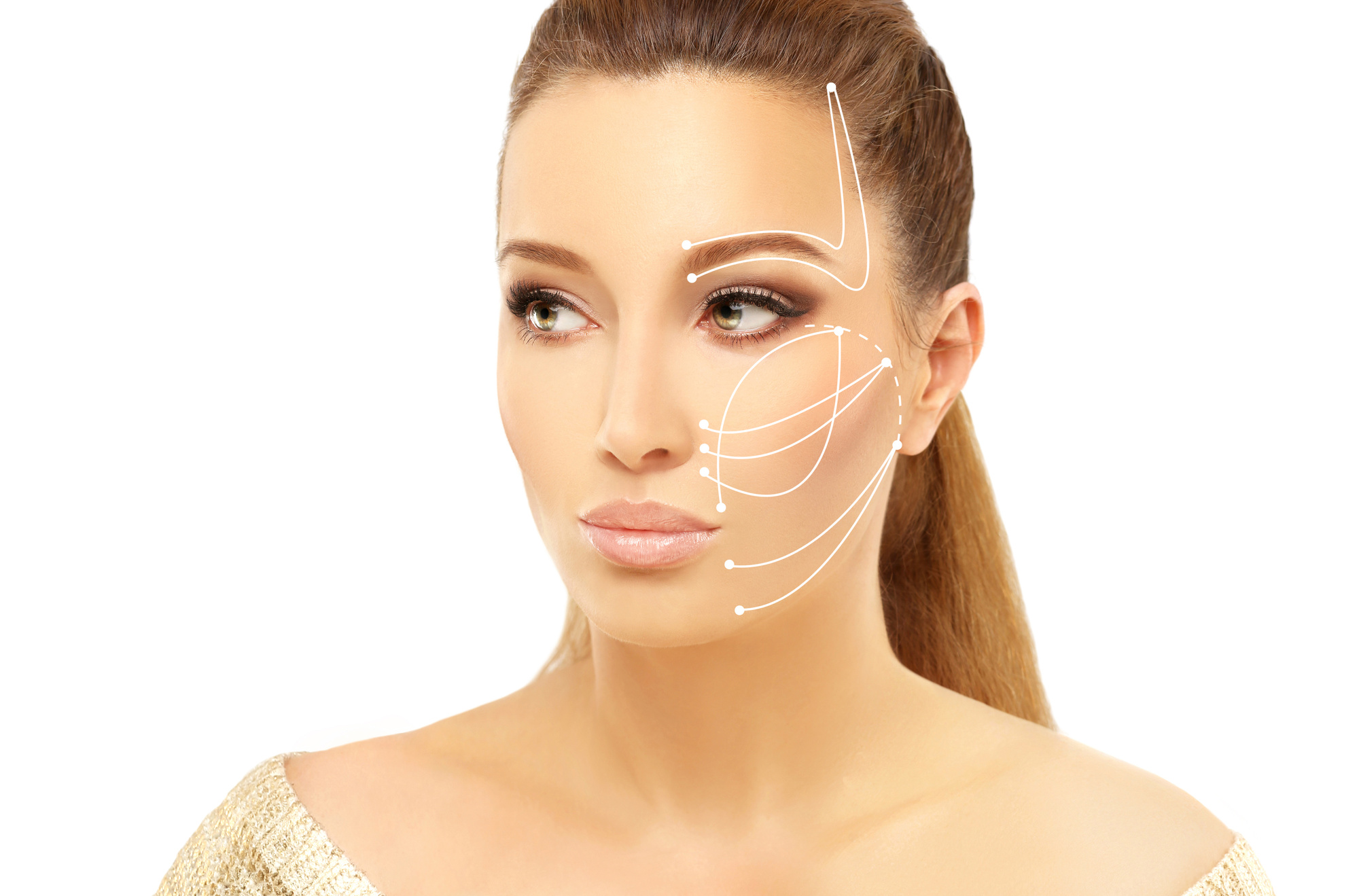Did you know the average woman spends about 73 hours per year applying creams and makeup to her face?
Around the world, women have seemingly always worried about their aging skin. Wrinkles, fine lines, sagging skin… all of these things can lead to a lack of confidence and low self-esteem.
If you’re someone that wants to get tighter and brighter skin without having to go under the knife, a thread lift could be a good option. However, did you know there are different types of thread lifts? Each type of thread lift has a distinct end goal, so learning about the differences can help you make a more educated choice.
Keep reading to learn more about the PDO thread lift specifically to see if it’s the right treatment for you.
Contents
What Is a Thread Lift?
A thread lift is an effective treatment option for someone that is looking for a quick facelift. Sutures are placed under the skin to visibly lift it up, which makes it a great loose skin treatment for people that want a youthful appearance.
If you want to refresh and rejuvenate your skin without surgery, this is one of the best treatment options to consider.
PDO thread lifts are an in-office procedure that has long-lasting results. It only takes about 45 minutes, and since the sutures are dissolvable, it’s a fairly simple process from the time you get the treatment done to the end of recovery.
How Is a PDO Thread Lift Different?
A PDO thread lift is just like other types of thread lifts except that it uses PDO threads, which are one of three different types of sutures. PDO, which stands for polydioxanone, is the oldest of the three types and has been used in various types of surgeries for over 40 years.
These sutures will trigger your skin to produce more collagen, which is the protein that makes skin look elastic and structurally sound.
The three different types of PDO threads include:
- Mono threads
- Cog threads
- Screw threads
Different threads, including the other two types called PCA and PLA, are appropriate for different types of thread lifts, but it all depends on what sort of results you’re looking for. For skin tightening or a moderate facelift, PDO threads are generally considered the most suitable option for a thread lift.
Do Thread Lifts Hurt?
You may experience some soreness as a result of this procedure. Some patients also report swelling for a few days, but this is usually managed with over-the-counter pain medicine.
There is minimal discomfort with this type of procedure because it uses a thin needle, but anesthesia is still used to minimize any pain.
What Does the Process Look Like?
To begin, your surgeon will disinfect the skin with alcohol. They will also apply a local anesthetic with a small needle under your skin to minimize pain. Using another needle, the surgeon makes a little incision to add a cannula into the hole.
Using the cannula, the surgeon will anchor the thread into the right spots. After this, the thread is cut, and the surgeon will check that everything is in place correctly.
The results of a thread lift can usually last anywhere from 6 months to 9 years. Younger individuals tend to have longer-lasting results since their skin already has more natural collagen, but the results will vary widely from patient to patient.
Choosing to Get a PDO Thread Lift
Whether or not a PDO thread lift is worth it is up to you, but many patients are happy that this is such a non-invasive and effective procedure option. If you’re looking for a quick lift, you can’t go wrong with this treatment option, so talk to your doctor about this today to make an appointment.
If you liked this article, check out the rest of our blog for more just like it!

